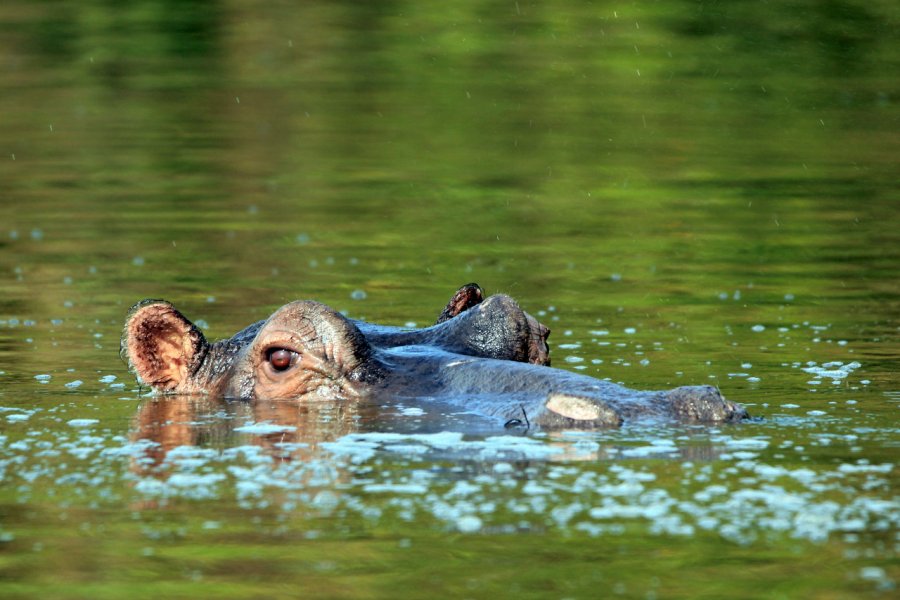Travel Guide Lake Mburo National Park
Find an accommodation
Advertising
With an area of only 370 km², this park, whose average altitude is between 1,220 and 1,830 m, is one of the smallest in the country and the closest to the capital. Although relatively dry, almost a quarter of the park's area is made up of wetlands and papyrus-lined lakes, the largest of which is Lake Mburo. For the remaining three-quarters of the area, the savanna woodland - interspersed with forested gorges and rocky spurs and outcrops - takes the lion's share. The current park territory and those adjacent to it have had a tumultuous history. As grazing lands for Banyankole pastoralists, they were first classified as a controlled hunting area (1933) and then as a hunting reserve (1963) before being granted national park status in 1983, under Milton Obote. This registration was probably as much (if not much more) motivated by political reasons as by environmental ones. In fact, in the midst of the civil war, Obote wanted to weaken the Banyankole who were perceived as direct or indirect supporters of the rebellion led by Museveni. This is why thousands of pastoralists were excluded from the park territory without financial compensation or assistance for relocation. Until the end of the hostilities, the local populations, especially in retaliation, destroyed the park's infrastructure and engaged in intensive poaching. When Yoweri Museveni came to power, he was forced to reduce the size of the park and allow a number of indigenous people to live in the park for fishing and ranching. The creation of the Mburo Community Conservation Unit, a few years later (1991), made it possible to relocate the last inhabitants of the park by offering them compensation. Today, since 1995, 20% of the revenue generated from park entries is used to build clinics, schools and other community projects. Although a very pleasant and scenic stop on the road to the West, Lake Mburo National Park has long been overlooked by most travelers and tour operators because of the absence of large mammals. Today, with the introduction (such as Rothschild's giraffe since 2015), reintroduction and reappearance (such as the lion, of which there had been no trace since the 1970s) of some of them, the park figures prominently in tour operators' programs. Except for the comeback of the king of animals, the fauna is worthy of interest with species such as Burchell's zebra, leopard or impala (the elegant antelope can be seen almost nowhere else in Uganda). Numerous antelopes, hyenas, hippos, buffaloes, warthogs, jackals, monkeys, mongooses, otters and crocodiles complete the picture... The park's surroundings are also populated by ankole cows with their oversized horns. As everywhere in Uganda, birdwatchers will have the opportunity to observe all kinds of birds, some 350 species have been listed. Rarely seen or endemic birds include the shoebill, the red-faced barbican and the African grebe.
What to visit Lake Mburo National Park?
Suggested addresses Lake Mburo National Park
Weather at the moment
Advertising
Organize your trip with our partners Lake Mburo National Park
Transportation
Book your plane tickets
Car Rental
Boat rental
Accommodation & stays
Find a hotel
Holiday rental
Find your campsite
Tailor-made trip
Immersion travel
Services / On site
Activities & visits
Find a doctor








